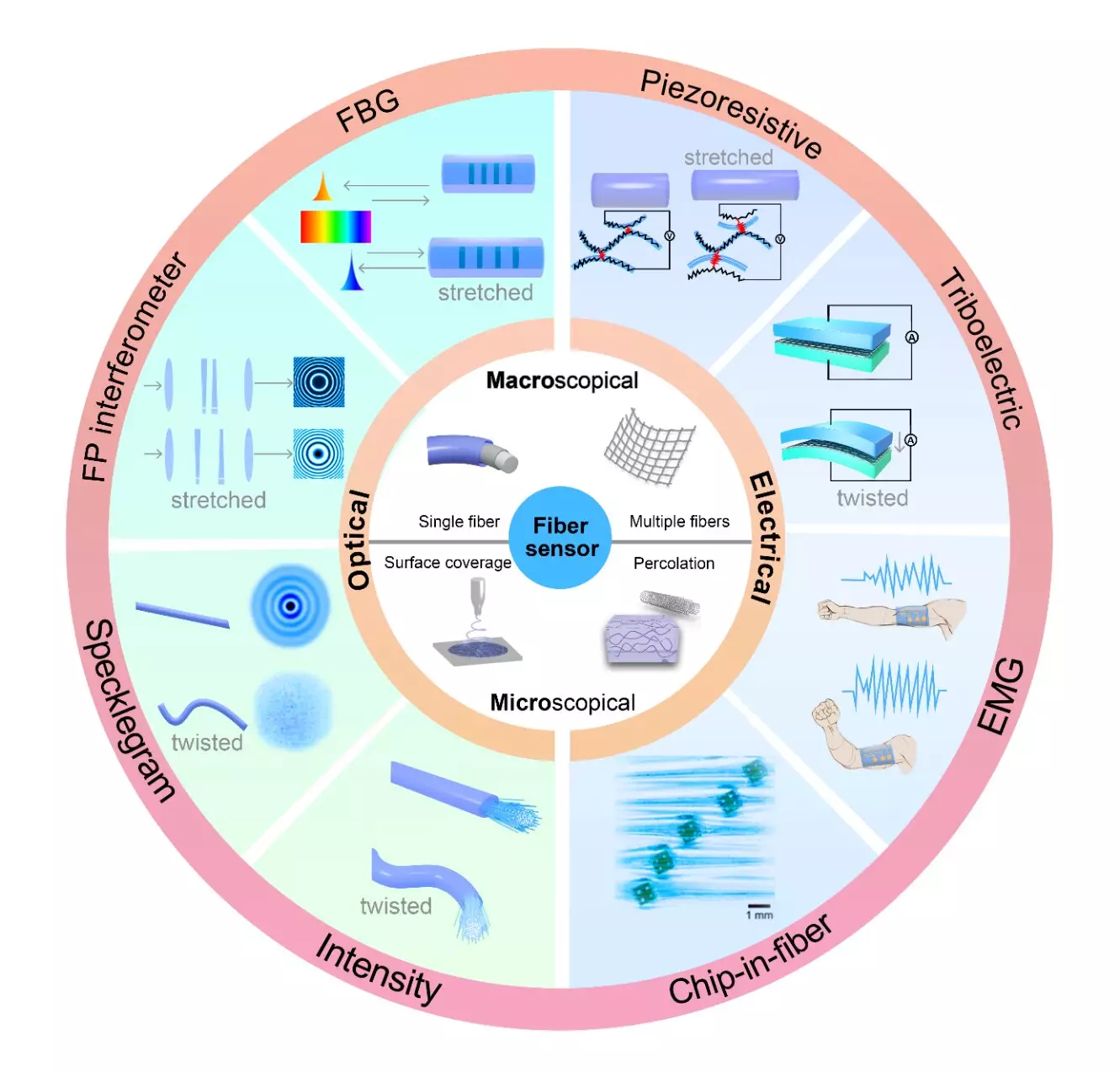The technological landscape has seen an extraordinary transformation over the past decade, particularly concerning artificial intelligence (AI) and its applications. Wearable devices have emerged as frontline responders to this evolution, dramatically improving data processing capabilities. At the heart of this progression lies machine learning—a critical subset of AI. Machine learning algorithms, alongside their sophisticated variant, deep learning, play pivotal roles in automating data feature extraction and offering profound insights into previously obscured information patterns.
The surge of data generated in our data-driven society highlights a pressing need for methods that can harness such information effectively. A recent academic exploration sheds light on various machine learning algorithms that have been integrated with fiber sensors, categorizing them into two predominant groups: traditional and deep learning algorithms. Classic approaches include linear regression, K nearest neighbors, support vector machines, random forests, and clustering algorithms, all of which have their place in analyzing data captured by fiber sensors.
Understanding Fiber Sensors and Their Mechanisms
Fiber sensors stand at a unique intersection of versatility and applicability in the wearable technology domain. By employing distinct working principles, they can capture a wide array of data, segmented into optical and electrical categories. Optical fiber sensors such as Fiber Bragg Grating (FBG) and Fabry-Pérot interferometers operate through optical signal manipulation, while electrical sensors leverage physical phenomena like piezoresistivity and triboelectric effects to gather data. This diversity in functionality sets the stage for myriad applications in real-world scenarios, including health monitoring and environmental sensing.
Despite their potential, the current integration of machine learning capabilities with fiber sensors is limited. Most existing systems predominantly focus on single-signal acquisition, typically relating to mechanical measurements like pressure or strain detection. For instance, pressure-based gesture recognition in wearable gloves exemplifies this trend. Unfortunately, critical forms of data—such as light intensity, temperature variations, and humidity fluctuations—have not yet found their way into these systems, representing a considerable gap in functionality.
The Promise of Advanced Machine Learning Techniques
As machine learning technologies continue to evolve, there exists a wealth of untapped opportunity to enhance fiber sensor applications through advanced algorithms. Techniques such as reinforcement learning, generative adversarial networks, and self-supervised learning are still underutilized in the wearable technology space. Integrating these cutting-edge methods could pave the way for smarter and more adaptive wearable solutions.
The future appears promising. Ongoing research into these advanced machine learning approaches hints at the development of wearable devices that are not only more efficient but also more comfortable for everyday users. Blending these innovations with fiber sensors could revolutionize the way we approach health-tech and personal monitoring, making it a seamless part of everyday life.
The journey of integrating advanced machine learning with fiber sensors is still in its early stages. However, the potential for revolutionizing wearable technology is immense. As we continue to explore and enhance these technologies, the vision of intelligent, multifunctional wearable devices is not just an aspiration; it is on the horizon of possibility.


Leave a Reply